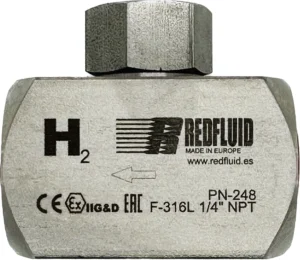
Hydrogen Check Valves
Imagine installing just any check valve in a hydrogen circuit. At first, everything seems to work fine — but over time, internal materials begin to
Be careful. Everything I’m going to explain is a manual to know what material to use for your valve.
Take your notepad or iPad (for the more techno-savvy) and write it down:
One of the essential aspects to consider when choosing a valve for a specific application is the material used in its manufacture.
The valve material has important implications, such as the ability to withstand working pressures and compatibility with the fluid in the circuit.
Example! A standard ball valve for tap water circuits should not be used in a hydrogen system. A ball valve specifically manufactured to work with hydrogen should be used in this case. These are generally made of materials compatible with ISO 15916.
Among all possible materials, the most common is stainless steel. Let’s see the most common types, their differences, and when to use one or the other.
Let’s see, what material do you need for your valve?
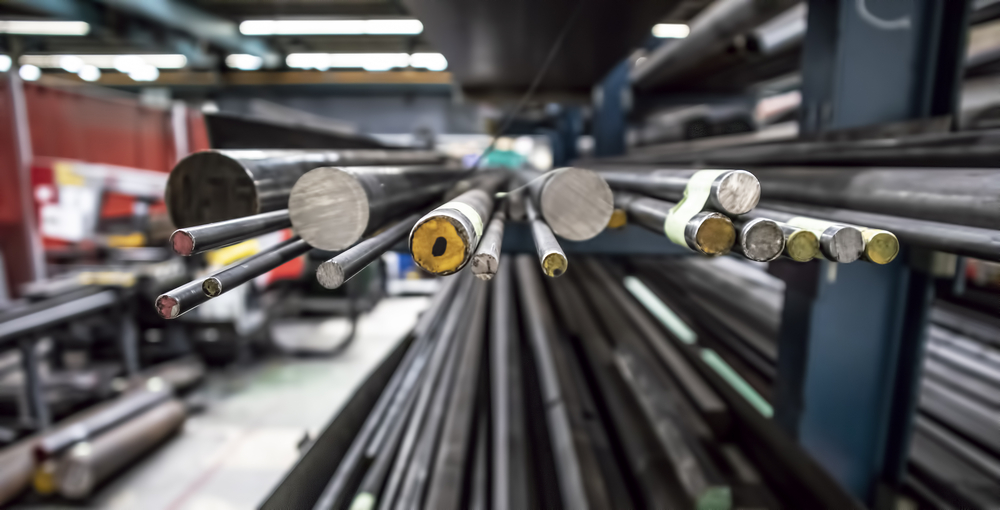
Stainless steel 304 or 316 are technically called austenitic types because of their microstructure composition. This type of stainless steel is mainly known for its high corrosion resistance due to its high chromium and nickel content.
The main difference between the two is that 316 contains molybdenum which significantly improves corrosion resistance. They are used primarily in valves exposed to the open air, in saline environments, or slightly exposed to chloride and other corrosive chemicals.
A priori 304 is more economical, but Redfluid valves are standard in 316, so as far as valves are concerned, they are usually already directly in 316. If the application requires a high level of corrosion resistance, as in the case of underwater applications or where seawater flows, then read on.
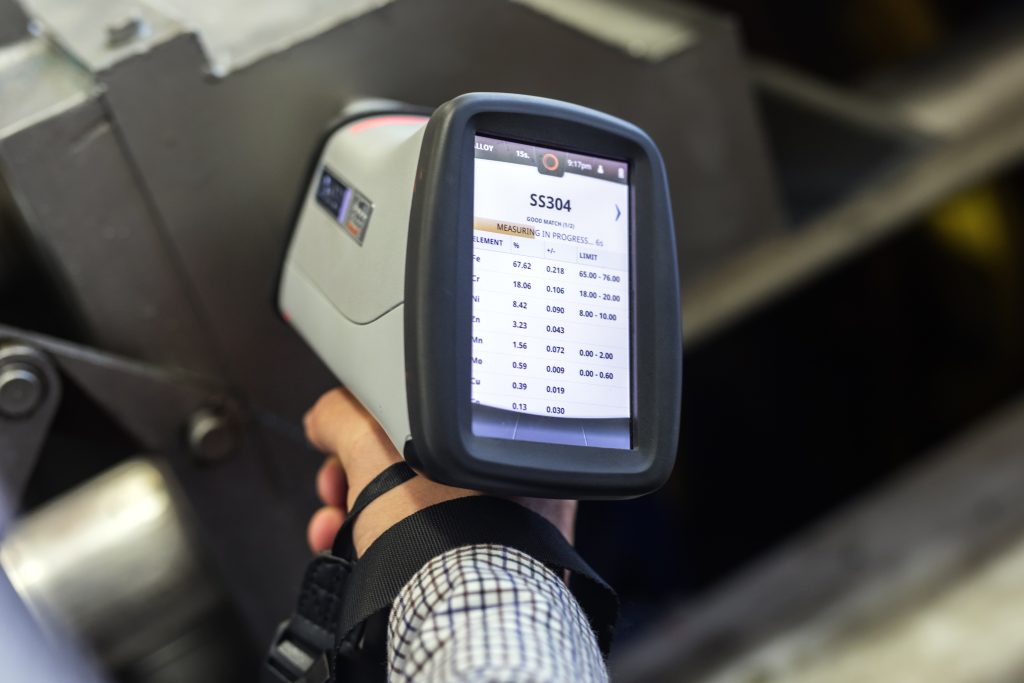
Yes, adding an “L” at the end of the number changes things. It seems silly, but it is not.
As already mentioned, 316 stainless steel is an alloy containing molybdenum, chromium, and nickel. However, there is a variation known as 316L (1.4404), whose main difference is the carbon content of this steel.
While 316 (1.4401) contains a maximum of 0.08% carbon, 316L includes a maximum of 0.03%. This fact makes 316L more recommendable for valves that will be connected to pipes or fittings by welding. In other words, the “L” facilitates welding. The lower carbon content allows it to perform better at high temperatures, and the weld will not show weld galling as can happen with 316.
Duplex steels (F53, F55, F51 …) get their name because they have a two-phase microstructure. They are composed of austenitic stainless steel and ferritic grains. This makes them almost twice as strong as regular stainless steel. In addition, this offers significantly higher corrosion resistance than stainless steels such as 304 and 316.
For its part, the superduplex, we have two grades, the F53 or 32750, SAF2507, 1.4410. On the other hand, the F55 (also called UNS 32760, 1.4501, or Zeron100) resists corrosion even better, usually with a PREN higher than 40.
For the duplex, we have a grade called F51 or 2205 or UNS S31803 or 1.4462 has better corrosion resistance than 316 but is worse than Superduplex.
Duplex or superduplex are stainless steels containing 25% chromium, 4% molybdenum, and 7% nickel. Thus, it can form an austenitic-ferritic type alloy of iron, chromium, and nickel with added molybdenum. The result is increased resistance to corrosion cracking and a high ability to withstand exposure to acids, chlorides, caustic solutions, and other corrosive environments, especially seawater.
| Common name | Duplex 2205 | Super Duplex 32750 | Super Duplex | Inoxidable | Inoxidable | Inoxidable | Inoxidable |
| UNS No. | S31803/S32205 | S32750 | S32760 | UNS S31600 | S31603 | S30400 | UNS S30403 |
| ASTM | A182-F51 | A182-F53 | A182-F55 | 316 | 316L | 304 | 304L |
| European (DIN) | 1.4462 | 1.4410 | 1.4501 | 1.4401 | 1.4404 | 1.4301 | 1.4307 O 1.4306 |
An excellent trick to identify if we have 316 or Superduplex:
Yes, superduplex steel, like duplex, is magnetic steel. It is magnetic thanks to the ferritic phase of its microstructure. On the other hand, 316 is NOT magnetic.
So with a magnet, we can discard if we are in front of Duplex/Superduplex or 316.
It is a formula we can calculate if we have the certificate of materials 3.1 of the valve. This certificate mentions the % of each element that composes the stainless steel. You only have to fill in the following formula, and you will calculate the PRE of the material. Pren or PRe stands for Pitting Resistance Equivalent Number.
But you tell me, what does the result mean?
It is a type of localized corrosion that creates holes in metals. It is a way to compare different materials. The higher the number, the better it will withstand “pitting corrosion” or honeycomb corrosion in English.

When determining when to use 316 or Superduplex stainless steel, you must consider the type of fluid to be handled and the environment in which the valve will operate. The option of using Superduplex stainless steel valves or fittings is justified when the fluid is not compatible with other materials. This may be due to its chemical composition or when the operating environment is extreme, marine or underwater, ideal for chlorinated seawater and acidic media with high chlorine content.
However, it is always better to consult an expert in case of doubts, so Redfluid provides a material compatibility tool.
In our tool, you can enter the fluid of your system, and it will indicate the compatibility with 316, Duplex, and Superduplex materials.
You can also contact us and give us a call. We are always happy to hear from you.
Steel identified as 1.4404 is equivalent to 316L steel. The difference is that the 1.4404 designations are based on the UNE-EN 10088 standard, while the 316L designation is applied by AISI (American Iron and Steel Institute). To see equivalence tables click here.
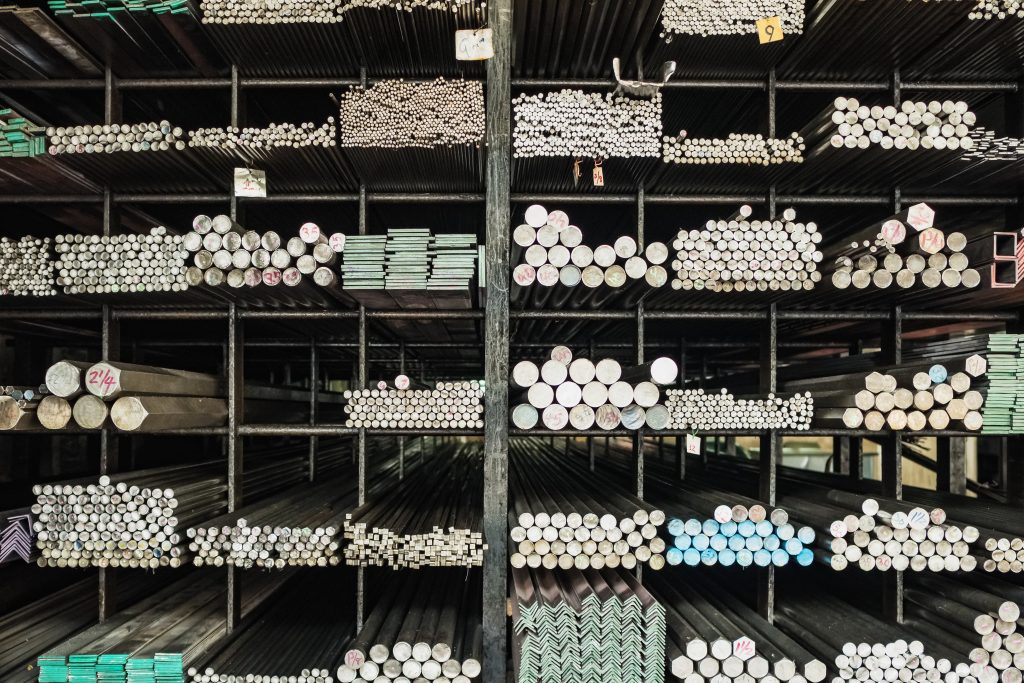
Share this post

Imagine installing just any check valve in a hydrogen circuit. At first, everything seems to work fine — but over time, internal materials begin to
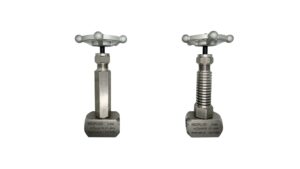
You’ve probably heard about high-temperature or cryogenic valves, the ones that are incredibly resistant because they operate under extreme conditions. But what makes them so
This website uses cookies so that we can provide you with the best user experience possible. Cookie information is stored in your browser and performs functions such as recognising you when you return to our website and helping our team to understand which sections of the website you find most interesting and useful.
Strictly Necessary Cookie should be enabled at all times so that we can save your preferences for cookie settings.
If you disable this cookie, we will not be able to save your preferences. This means that every time you visit this website you will need to enable or disable cookies again.
Esta web utiliza Google Analytics para recopilar información anónima tal como el número de visitantes del sitio, o las páginas más populares.
Dejar esta cookie activa nos permite mejorar nuestra web.
Please enable Strictly Necessary Cookies first so that we can save your preferences!